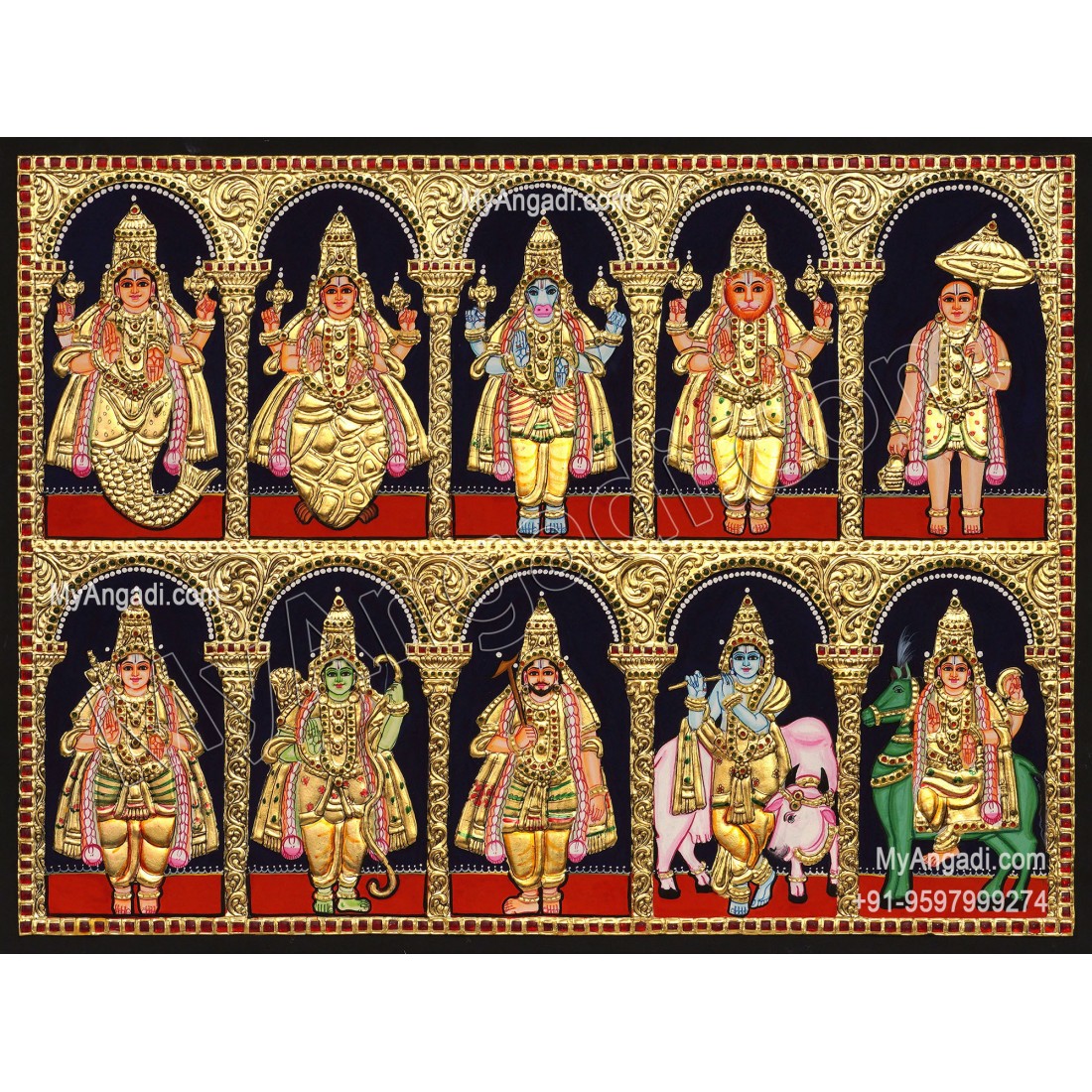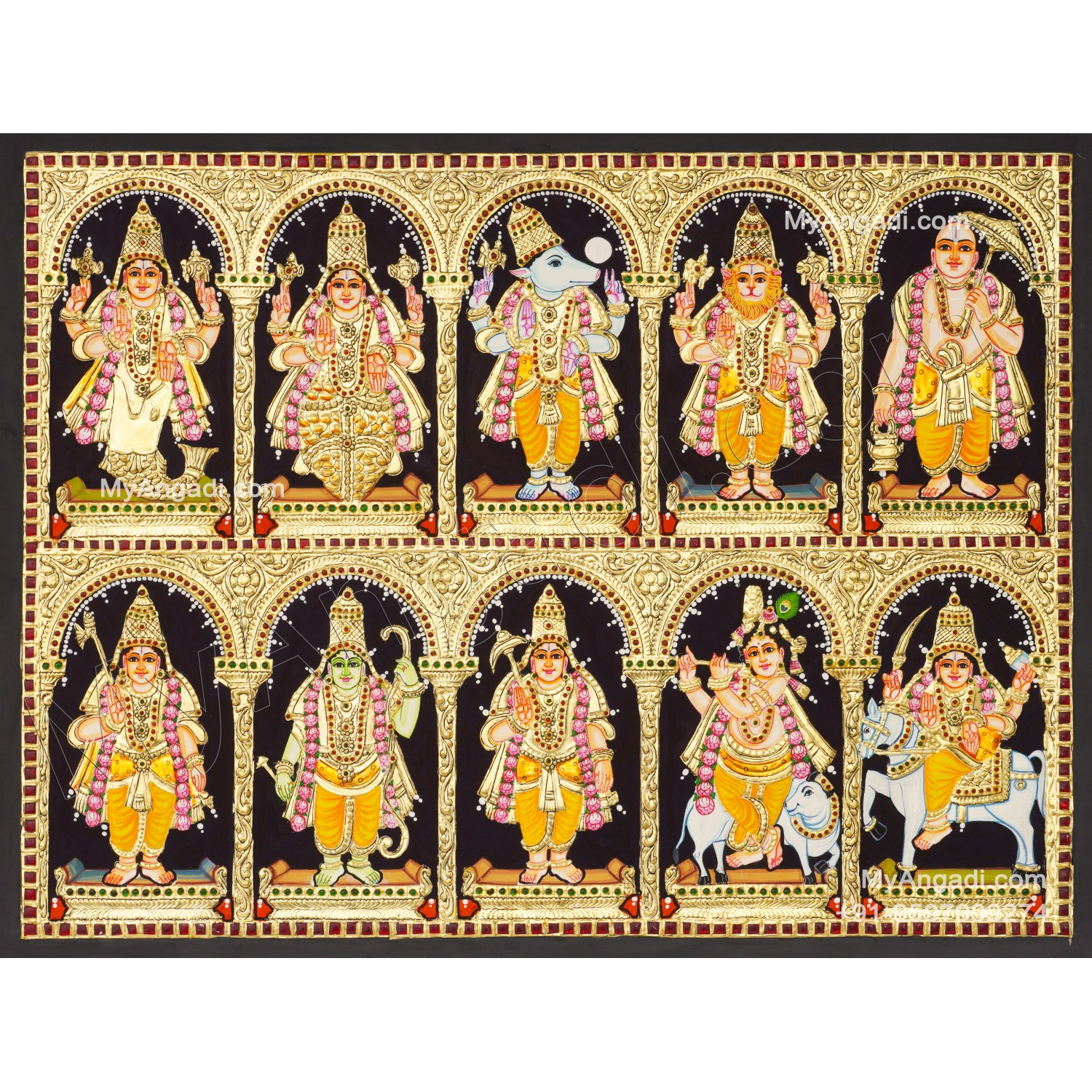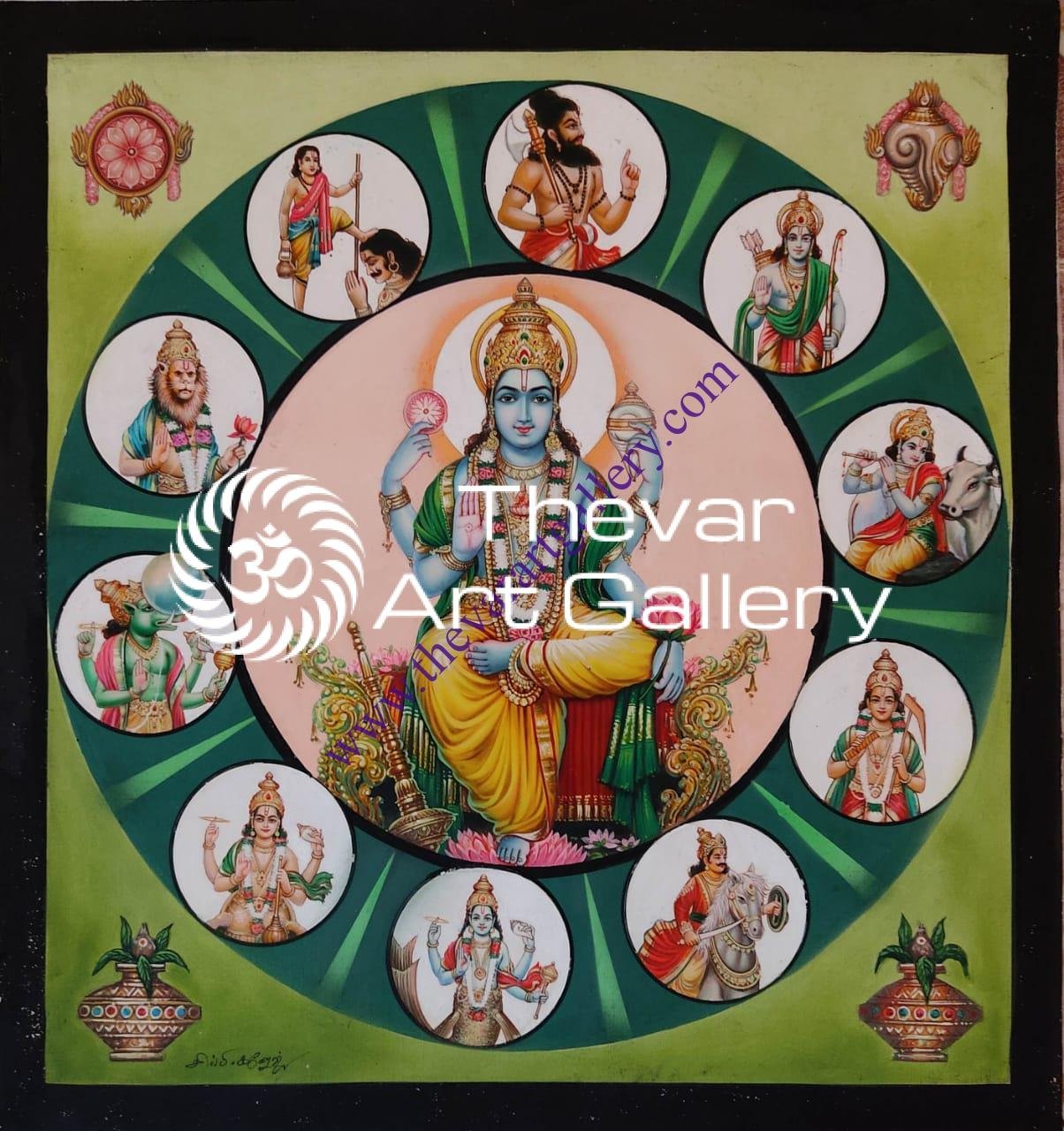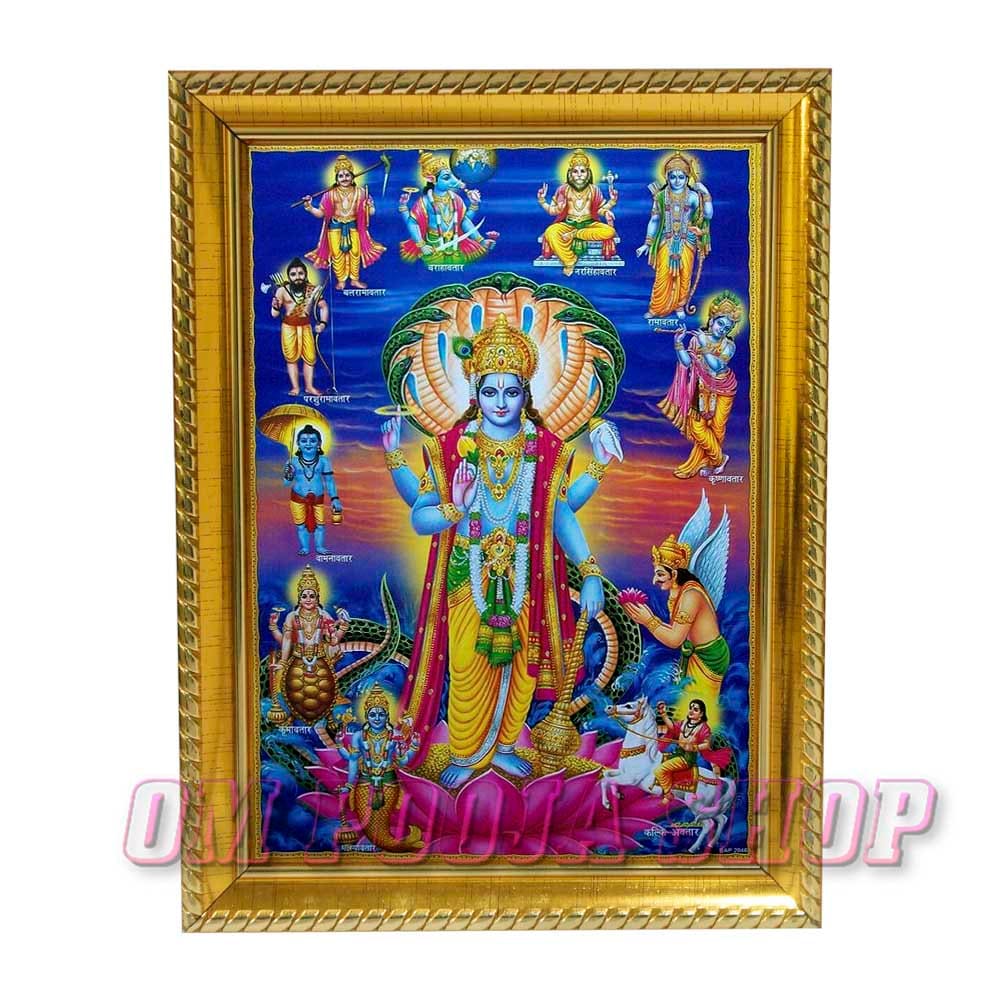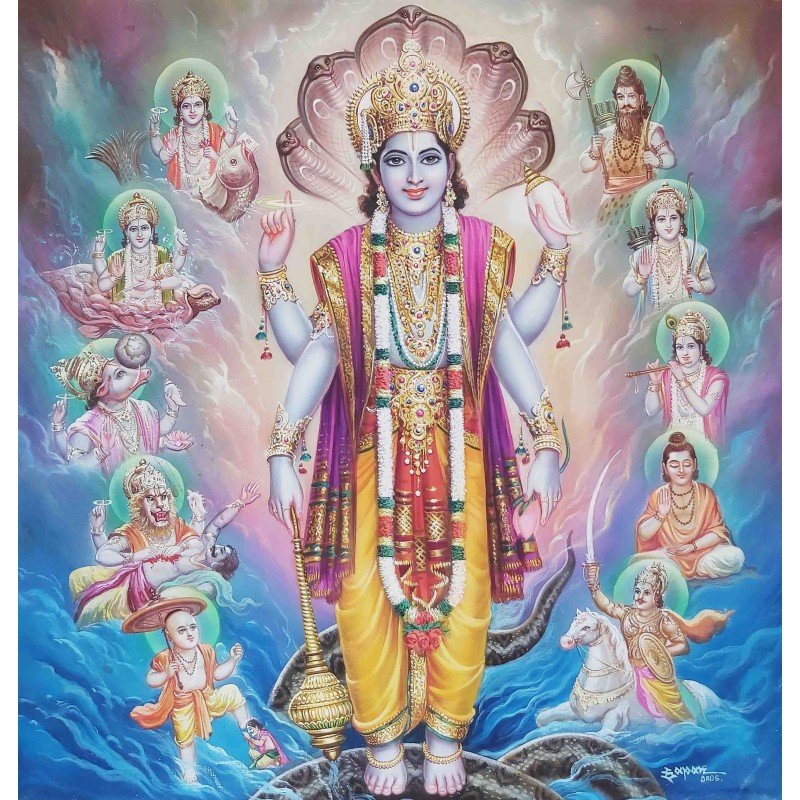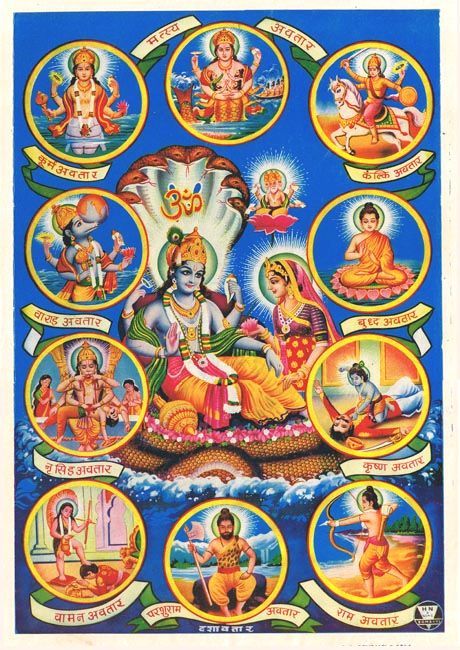Dasavatharam Images With Names In Tamil
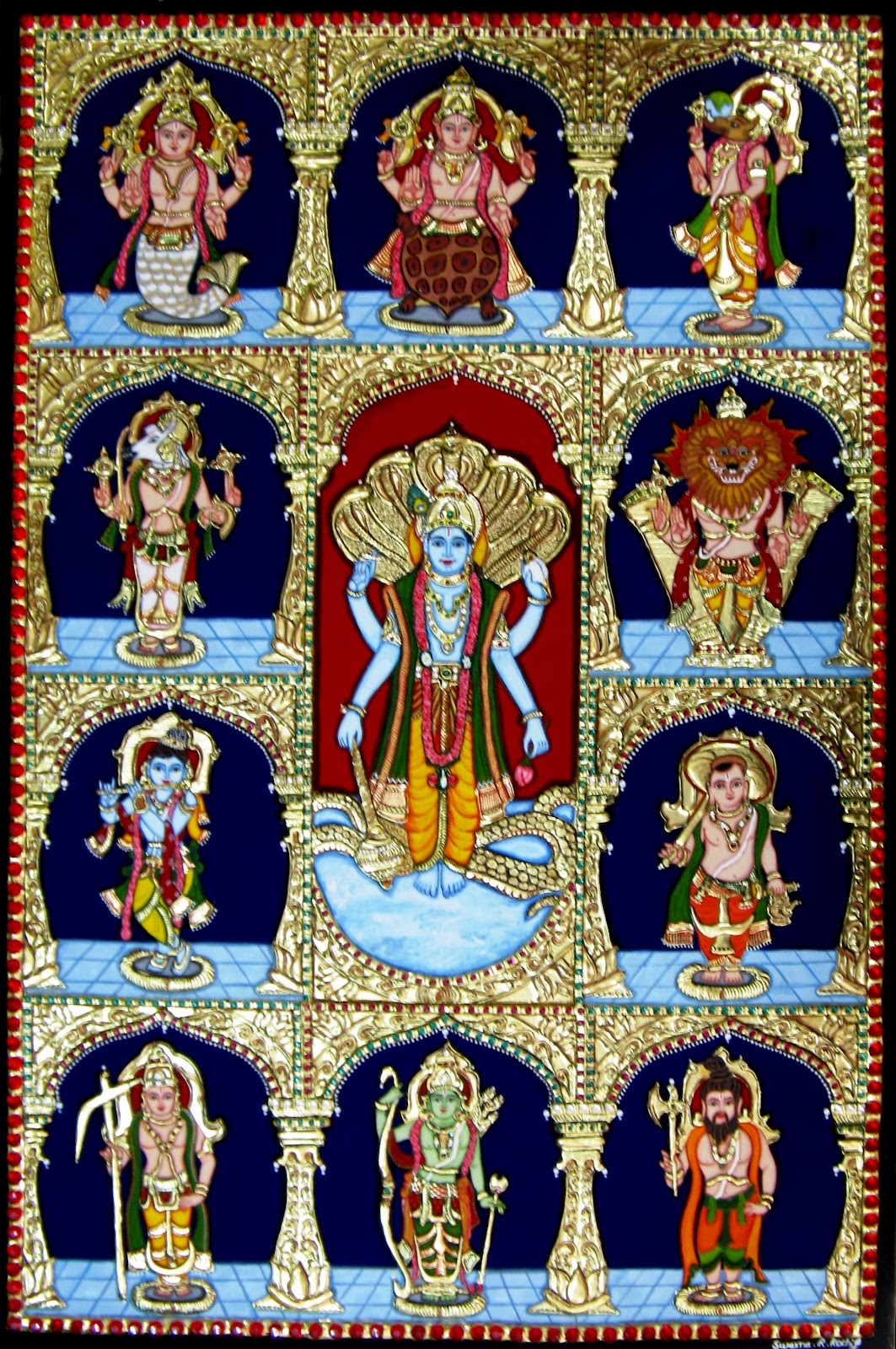
Images depicting the Dasavatharam, the ten incarnations of the Hindu god Vishnu, are widely circulated and revered within Tamil-speaking communities. These depictions, often accompanied by the names of each avatar in Tamil script, hold significant cultural and religious importance.
This article explores the prevalence of these images, their significance in Tamil culture, and how they are used in religious practices and artistic expressions. Understanding the context and meaning behind these visual representations provides insight into the rich tapestry of Hinduism and its influence on Tamil society.
The Dasavatharam: Ten Forms of Vishnu
The Dasavatharam represents the ten major avatars assumed by Lord Vishnu to restore cosmic order and dharma. Each avatar embodies specific qualities and combats evil forces threatening the universe.
The ten avatars, traditionally listed in a specific sequence, are: Matsya (fish), Kurma (tortoise), Varaha (boar), Narasimha (half-man/half-lion), Vamana (dwarf), Parasurama (warrior with an axe), Rama (righteous king), Krishna (divine statesman), Buddha (enlightened one), and Kalki (future savior).
Visual Representations in Tamil Culture
Images of the Dasavatharam are found across Tamil Nadu and in Tamil-speaking communities worldwide. They appear in temples, homes, calendars, and various forms of media.
The images are typically accompanied by the names of each avatar written in Tamil script, aiding devotees in identification and understanding. These visual aids are particularly important for educating younger generations about Hindu mythology and religious principles.
These representations can vary in artistic style, reflecting regional traditions and individual interpretations. Some depictions adhere strictly to traditional iconography, while others incorporate contemporary artistic elements.
Significance and Usage
The images serve as powerful reminders of Vishnu's divine interventions and the cyclical nature of good triumphing over evil. Devotees often meditate on these forms to seek blessings, guidance, and protection.
In temples, the Dasavatharam is often depicted in sculptures, paintings, and relief carvings. These artistic representations form an integral part of temple architecture and religious rituals.
During festivals dedicated to Vishnu, such as Rama Navami and Krishna Jayanthi, images of the relevant avatars are prominently displayed and worshipped. Stories associated with each avatar are also narrated and enacted, further reinforcing their cultural significance.
"The Dasavatharam serves as a powerful visual narrative, encapsulating the essence of dharma and the divine intervention in human affairs." - Dr. Lakshmi Srinivasan, Professor of Religious Studies.
Impact on Tamil Society
The visual representations of the Dasavatharam have a profound impact on Tamil society, shaping religious beliefs, artistic expressions, and cultural values. They reinforce the importance of righteousness, compassion, and devotion.
These images provide a tangible connection to the rich heritage of Hinduism, fostering a sense of community and shared identity among Tamil-speaking people.
The widespread availability of these images through various media platforms ensures their continued relevance in contemporary Tamil society. The Dasavatharam continues to inspire artists, storytellers, and devotees alike.
In conclusion, Dasavatharam images with names in Tamil play a crucial role in preserving and propagating Hindu traditions within the Tamil community. These visual representations serve as powerful reminders of divine intervention and the enduring battle between good and evil, shaping religious practices and cultural values for generations to come.

![Dasavatharam Images With Names In Tamil Routemybook - Buy Dasavatharam [தசாவதாரம்] by R.Ponnammal [R](https://routemybook.com/uploads/productImage/product1574106565.jpg)


